What is Hydrogen-Alpha Solar Filter?
Unlike white light filters, hydrogen-alpha (H-alpha) filters work by transmitting only one specific wavelength of light. This wavelength is a deep red color of light emitted by hydrogen atoms, which make up the bulk of the sun (and the rest of the universe, for that matter). The wavelength is 656.3nm, which causes the red color seen through H-alpha solar filters. Like white light filters, the overall light transmission is attenuated to 0.001% for safe observing, and potentially harmful infrared light is blocked completely.
Due to the very different nature of their design, H-alpha filters are necessarily more expensive than white light filters. Most H-alpha filters cost several thousand dollars, but new technology has allowed some filters to be priced well below $1000.
Hydrogen-alpha filters are most often designed to be used on smaller refracting telescopes. One reason for this has to do with the nature of the filter design and the fact that it works best with a short focal length telescope. Another reason is that the expense of the filter is related primarily to the size of the filter, which is determined by the size of the telescope. The sun, being as bright as it is, does not require a large aperture to observe it in great detail. Most observers use 3-4″ diameter refractors for solar viewing.
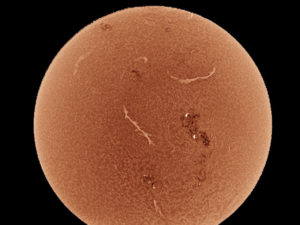
Sun through a Ha Solar Telescope (processed image)
Read more on the science behind Hydrogen Alpha here on our facebook page.

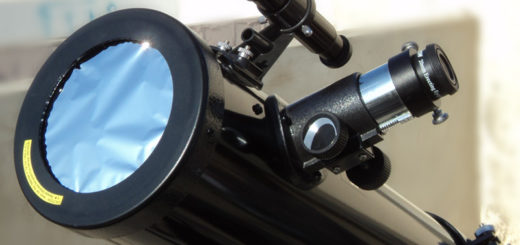
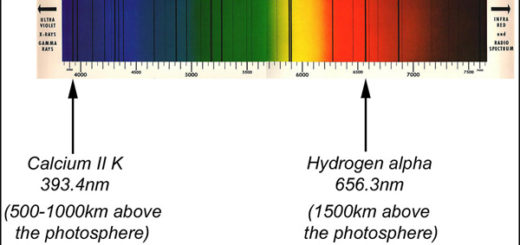

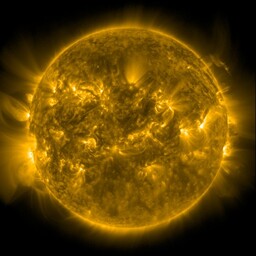
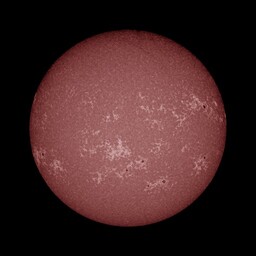
Hi, could you tellme if can I use HA filter in a dslr unmodiffied camera? Or it’s only for specific cameras
Best regards
HA filters are manufactured for telescopes which are called HA telescopes and not for cameras. You can connect your DSLR with an HA telescope like any other general purpose telescope.